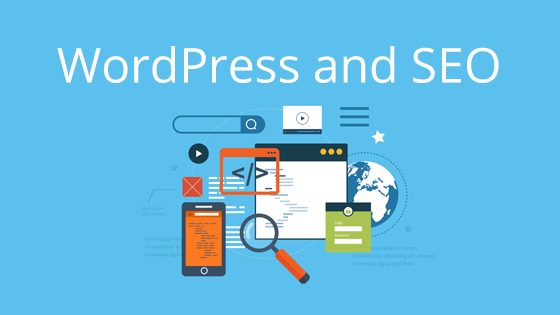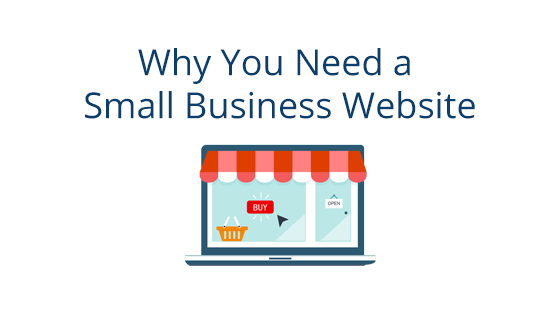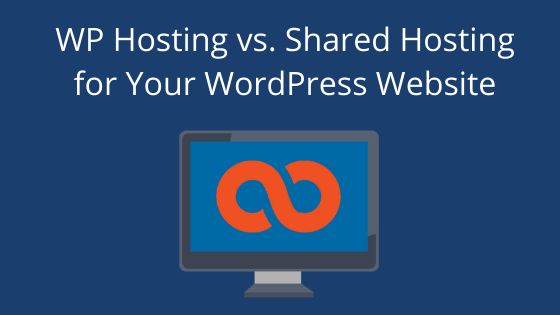What is SEO?
SEO stands for Search Engine Optimization and it’s what determines where your site ranks in search results. If you want your website to excel and attract more visitors, then SEO is a must.
SEO isn’t just one thing, though. There are many aspects of SEO that can help (or hinder) your site in the search rankings.
Optimizing Your WordPress for SEO
We’ll be going over some things you can do to boost your SEO. Some of our recommendations can be applied to all sites, while others are specifically designed for WordPress. Some of these tips will have more impact on your SEO than others, but all of them have the potential to boost your SEO in some way.
Make Sure Your Hosting Provider is Reliable
Our first tip is to make sure your hosting provider is reliable. That means that they have active server monitoring so that if your server experiences any issues, they’re quick to diagnose and solve them. Take Pair Networks, for example. Our Pennsylvania-based staff work 24/7 year-round to make sure our servers are running and secure.
You should also make sure your server security is on point. Nothing can hurt your SEO more than if malware or hackers deface your site. At Pair, we have tools to help you keep your server safe. If you need more personalized help, then you can turn to our dedicated security team for answers.
A reliable hosting provider may not seem like it’ll have much effect on SEO, but it’s setting the groundwork for your site. If your site struggles with downtime or repeated hacks, then your SEO will suffer.
But if you choose a provider that can give you the uptime and support you need, then you’ve just created a strong base to build your website on.
Make Sure Your WordPress Theme is Optimized for SEO
One of the great things about WordPress is the ability to use site themes. Don’t think that site themes just affect your design, though. It can also affect your SEO, both positively or negatively.
To make sure your site theme has positive effects, you should use a WordPress theme that is optimized for SEO. What does this mean? Well, there are certain aspects to a site that search engines reward. If your site theme has these elements, then they will appear higher in search results.
So how do you tell if your WordPress theme is optimized for SEO? Well, most times the theme will tout this. An SEO optimized theme is something to be proud of! So if a theme is optimized, it’s likely listed somewhere on its information page.
Use an SEO Tool
WordPress plugins are one of WordPress’ strengths. With them, you can add all sorts of additional functionality. Because of this, they are exceedingly popular and, as luck would have it, there are few dedicated to helping your site’s SEO.
SEO tools will not only help orient your site’s SEO, but some will prompt you with helpful changes to your posts and pages as well. If you’re in the habit of creating new content (search engines love new content), this can give your site a solid boost in SEO power.
If you’re not sure what SEO plugin to choose, you can always check out our blog about our favorite plugins. We outline some great SEO options there.
Check it out: 8 Top WordPress Plugins We Love
Create a Content Plan
Just like we mentioned above, search engines love new content. If you make a habit of popping out new, SEO-friendly content regularly, you’ll often be rewarded by a jump in the search results.
However, anyone who creates content knows that pacing yourself is vital when creating content. Otherwise, you burn out and no new content is made.
So how do you keep a consistent schedule without overdoing it? Unfortunately, there isn’t a one-size-fits-all answer, but one of the best options is to create a content plan. If you have a plan, you can take stock of your time and break up your work accordingly.
A plan also helps maintain a constant output of new content. And new content doesn’t necessarily have to be 100% new, either. Search engines also love revitalized content! So you can take old posts and refurbish them to the same effect. We go over how to do this in detail in this blog: Keep Visitors Coming by Updating Popular Content
Optimize Your Permalinks
Permalinks are the ending of your post or page’s URL. For example, this blog’s URL is https://blog.pair.com/2020/10/15/wordpress-and-seo/. The permalink in this URL is the /2020/10/15/wordpress-and-seo/ portion.
Your permalinks can be whatever you want them to be – though WordPress will generate them automatically if you don’t specify a specific permalink. You can set a specific permalink structure to help guide this automatically generated permalink. For example, our permalink structure uses the publish date and the name of the post in the permalink.
So how does SEO play into permalinks? Well, to understand that, you first need to know about SEO keywords and phrases. Keywords and phrases are essentially words that sum up your post. They’re also the words the people will search to find your post. Ideally, you put a few of these words throughout your post or page to show the search engine that this is your chosen topic. You can read more about keywords here.
So now let’s get back to how keywords affect your permalinks. Remember how we talked about changing your permalinks? Well, it can help your SEO if you make sure the post/page keyword is in your permalink. How you do this will depend on your site. You can edit the permalink structure in your post or change the automatic structure to use the name of the page or post. Make sure to include your keyword in the permalink can help boost your post’s SEO, which in turn can help boost your website.
Keep Your Site Fast
Site speed plays a big role in SEO, so it’s something you can’t ignore. WordPress is great for so many reasons. However, if you try to do too much with it, you can end up overwhelming the resources on your server. This isn’t the web host’s fault – it’s just that your hosting account doesn’t have the resources to keep up.
There are a variety of ways you can end up overloading your WordPress site, from too many plugins to unoptimized images.
But before we talk about speeding up your site, how do you know if your site is slow? We recommend using this tool to find out: https://developers.google.com/speed/pagespeed/insights/
This is a tool designed by Google to show you how fast (or slow) your site is. It can help you gauge where your site is struggling and even suggests areas of improvement.
If you do find out that your site is slow, then there are steps you can take to speed it up. We won’t be going over these in detail here, but stay tuned for a blog article in the future that outlines these in detail.
Some options to speed up your site are:
- Using a CDN
- Use a Caching tool (these are installed automatically on our Managed WordPress packages)
- Optimizing Images
- And, if those don’t help or you don’t want to change your site, upgrade your package for more resources.
Use an SSL Certificate
SSL certificates are a must for websites. Search engines take security seriously, so they prize sites that go to lengths to make sure they’re site and the visitor’s data are secure. SSL certificates help with that by encrypting the data that is transferred between the visitor and the website.
Not having an SSL certificate won’t just affect your SEO, though. It may also result in a warning on your website that tells visitors the site may not be secure. If that happens to you, you’ll lose a decent amount of traffic. So it’s worth putting in the time to set up your SSL certificate.
But SSL certificates don’t have to be hard. The hardworking developers at Pair Networks put together a feature that will set up an SSL certificate on your site in a single click. The best part?
It’s 100% free!
You can read more about our free SSL certificate here.
Setup Your XML Sitemap
An XML sitemap is a map of your site that’s created by search engines. It gives the search engines a working map of all the URLs, when pages were last updated, their level of importance, and more.
While WordPress can create a sitemap for your site automatically, it’s more efficient if you give it a helping hand. How do you do that? Well, there’s a helpful plugin called Google XML Sitemaps. It will automatically create a sitemap for you and send Google updates whenever you make changes.
This may not seem like a big deal, but sometimes Google takes a while to notice new changes in your site, which can sink your SEO for new content. With this plugin, you can rest assured that Google will be notified of all new changes and that your sitemap is up-to-date.
Add Alt Text to Your Images
Our last tip is to add alt text to all of your images. Alt text serves to describe images for screen readers and those who cannot distinguish the image. If you use it correctly, then it can give your posts and pages a nice SEO boost.
You can add alt text when you upload media to WordPress. In the Add Media window, there will be an Alt Text field in the right sidebar. Fill this in with your desired alt text – ideally something that describes the image.
Then insert the image into your post. It’s that easy! Just be sure to add alt text to every image you upload. While it may not seem like a big deal, if you add alt text consistently, it will make your site more accessible to others. And making your website more accessible is usually rewarded by search engines.
Keeping Your Site SEO Up-To-Date
These are great tips to get you started with SEO, but it’s by no means the end of the list. There are so many tips, tricks, and tutorials on how to boost your site’s SEO. Even we’ve written about it on multiple occasions, for different things. If you want to know where to go next, check out our other SEO blogs. They can give you more insight into different SEO aspects:




